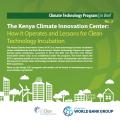
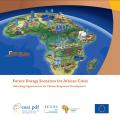
Cities globally consume up to 80% of the total global energy production and release about 75% of global CO2 emissions. Africa’s urban population is projected to triple from 400 million in 2010 to 1.26 billion in 2050, which represents nearly half of the projected rise in numbers of urban dwellers...

The Danish Energy Efficiency Obligation (EEO) represents one of the most important elements of the Danish energy efficiency policy package. The overall aim of the EEO is the promotion of cost-effective energy savings in all end-user sectors of the Danish economy. It has been started in 2006, currently runs from 2012 to...
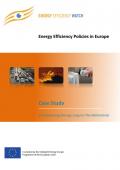
The Energiesprong programme in the Netherlands aims to make a substantial contribution to the conditions under which the Dutch energy transition can be achieved effectively. The mission of the Energiesprong programme is to contribute to the creation of appropriate market conditions for a large scale demand and supply of energy efficiency buildings...

If a new car is registered in Latvia, the passenger car registration tax applies. For calculating the tax amount, the scheme takes into account CO2 emissions. It is because of the car registration tax in Latvia. The taxation scheme has been in force since 2004 but only since 2009 the...

The German state-owned Bank for Reconstruction (Germ.: Kreditanstalt für Wiederaufbau, KfW) manages two programmes to improve the energy efficiency of German residential buildings through the “energy efficiency programme – energy-efficient construction and refurbishment”. The two programmes are (i) energy efficient construction (EEC) and (ii) energy efficient renovation (EER). While the...

Italy is one of the largest emitters of greenhouse gases in the European Union. In the 1990s, the industry sector was responsible for approximately one-third of the energy consumption in Italy. To address these barriers, the National Energy Plan, called Energy Manager Obligation and White Certificate Scheme, was published including an obligation...
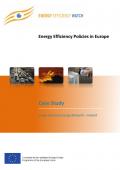
The overall aim of the Large Industry Energy Network (LIEN) is to support companies to build up or to further improve an energy management system and to achieve ISO 50001 certification. Furthermore, the LIEN also supports companies to identify implementation gaps, to broaden the existing (technical) knowledge, and to exchange...
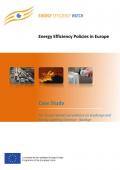
Nordsyn surveillance cooperation for green products intends to improve the efficiency of market surveillance of Ecodesign and energy labelling. Nordsyn ensures a fair and level playing field for the industry and protects consumers from inefficient products and misleading information. Nordsyn has started in 2013 for an initial two years period. After...
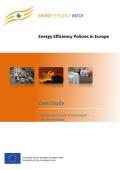
The goal of Sustainable Public Procurement (SPP) of Nether land is to ensure that public procurers, despite working under tight budget constraints, consider the lifecycle costs and not only the purchase price of products and services. No quantitative targets were set. The general objective is to reach ambitious sustainability targets by...
